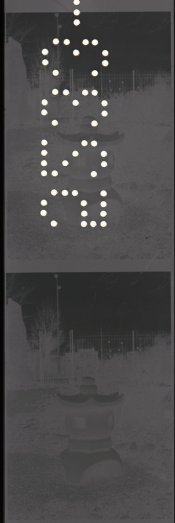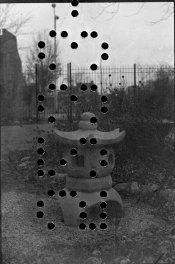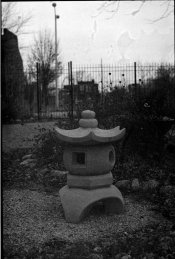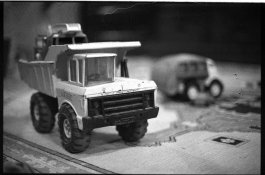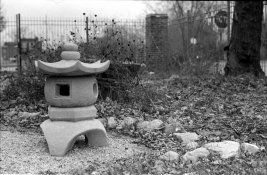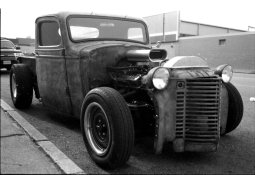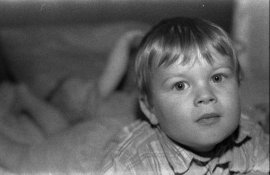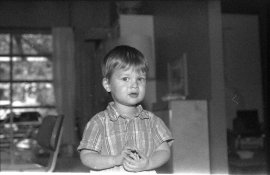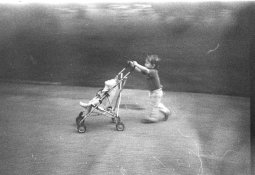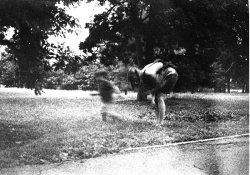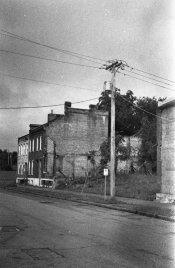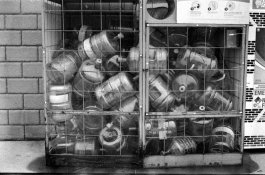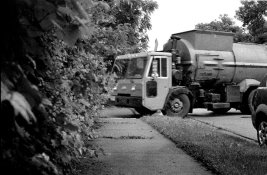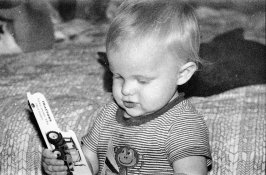First, I am not expecting much. Yes, I know: FOG!!!.

OK, now that that is out of the way, I am using D76 and would like to get an idea as to how different the old tri-x times are compared to the new stuff.
Kodak and the massive dev chart only list 320 as 120 format otherwise its 400 in 35, that is available. I will run a few tests shot in the same conditions at different speeds and try some basic times at first.
Are the new times the same as the old version of this film?
I have a 400 ft roll of:
Again, I am very aware that this will probably fail no matter what, cosmic rays, etc. I cant find any anti fog chemicals cheap enough at this point.
I did some searchy searchy and the keywords bring up way too many things to sift through. Nothing really on Apug via the search for some reason.
THANKS!

OK, now that that is out of the way, I am using D76 and would like to get an idea as to how different the old tri-x times are compared to the new stuff.
Kodak and the massive dev chart only list 320 as 120 format otherwise its 400 in 35, that is available. I will run a few tests shot in the same conditions at different speeds and try some basic times at first.
Are the new times the same as the old version of this film?
I have a 400 ft roll of:
Eastman Tri-X
Panchromatic Negative
Safety Film - Type 5233
Type II class N
Military Exp date Sept 1961
Emulsion 5233-722-43
Index exposure 320
Panchromatic Negative
Safety Film - Type 5233
Type II class N
Military Exp date Sept 1961
Emulsion 5233-722-43
Index exposure 320
Again, I am very aware that this will probably fail no matter what, cosmic rays, etc. I cant find any anti fog chemicals cheap enough at this point.
I did some searchy searchy and the keywords bring up way too many things to sift through. Nothing really on Apug via the search for some reason.
THANKS!








